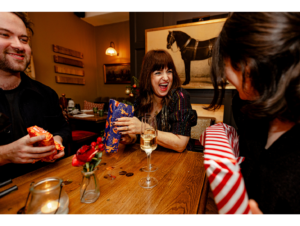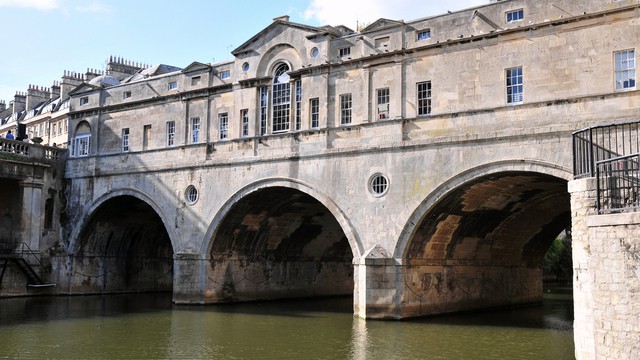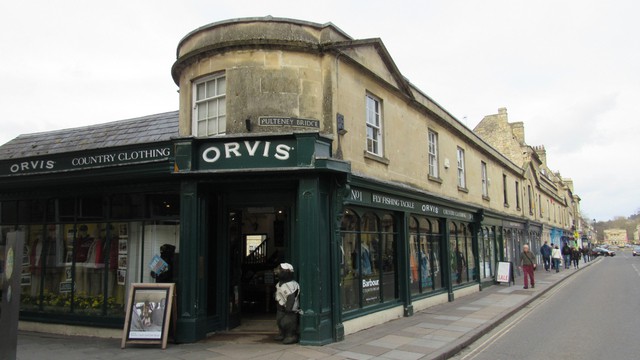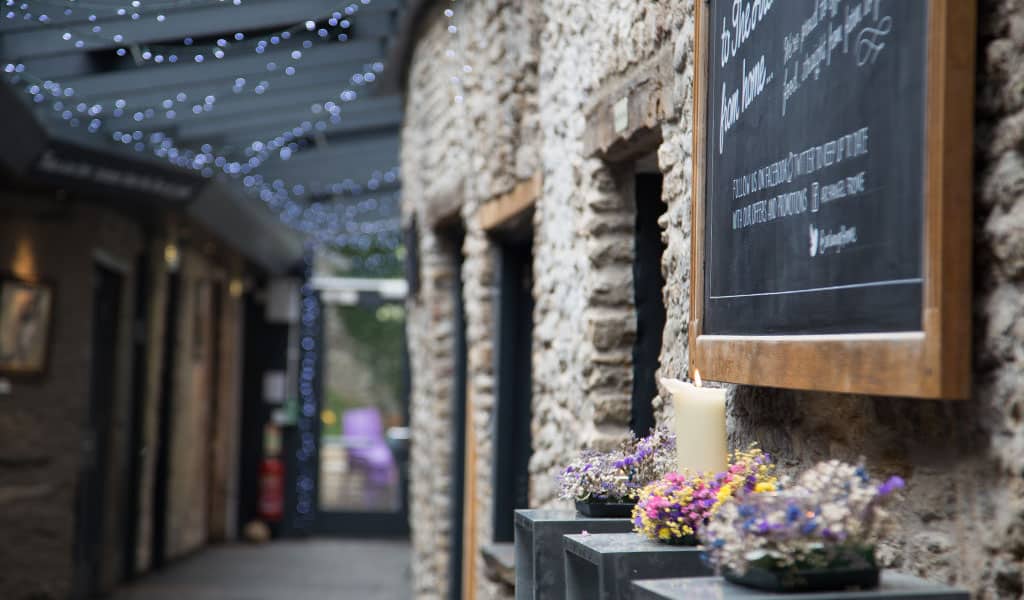History Of Pulteney Bridge
Pulteney Bridge was the brainchild of William Johnstone, an important man during Bath’s Georgian era.
William and his wife, Francis Pulteney (after whom the bridge takes its name), had inherited a 600 acre rural estate which was separated from the main city of Bath by the River Avon. With grand plans to transform the estate into a spectacular new suburb of Bath, William called upon his friend and renowned architect Robert Adam to design a magnificent bridge to connect his land with the city.
Inspired by the shop-lined bridges of Ponte Vecchio and Rialto Bridge during his travels to Florence and Venice, Adam proposed a similar design for Pulteney, and the bridge was successfully constructed between 1770 and 1774.
